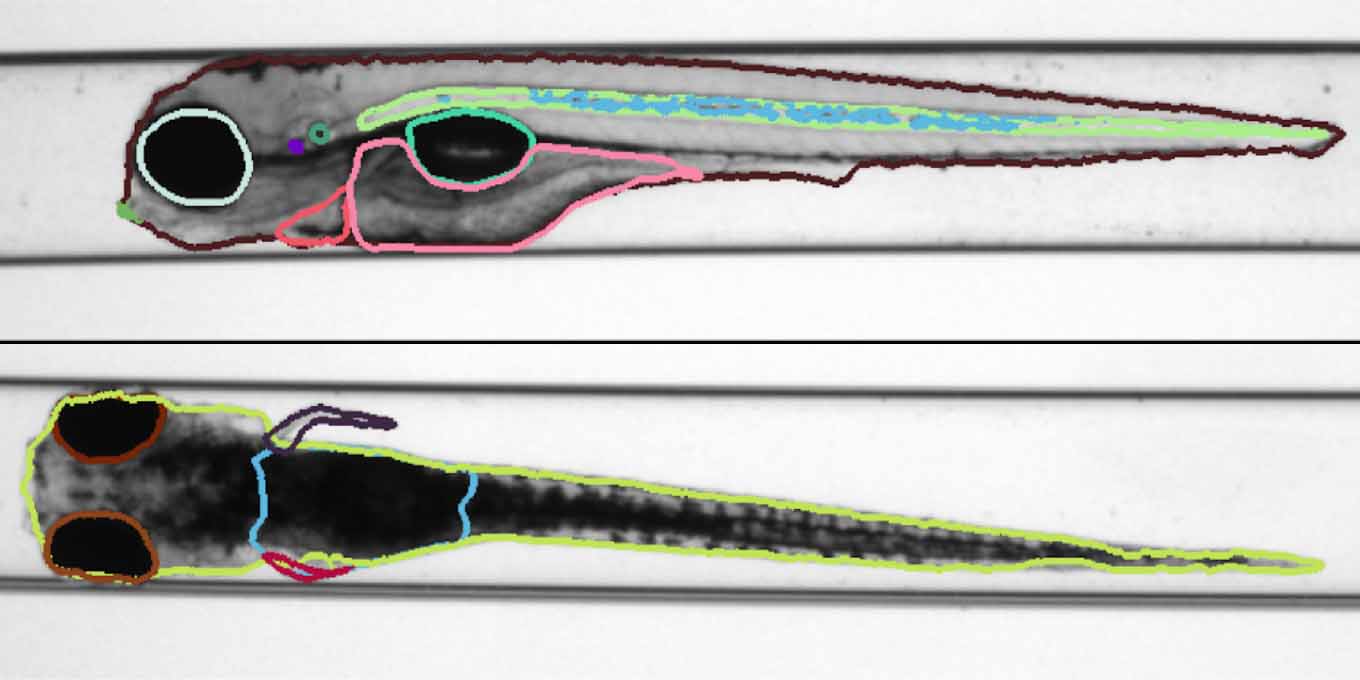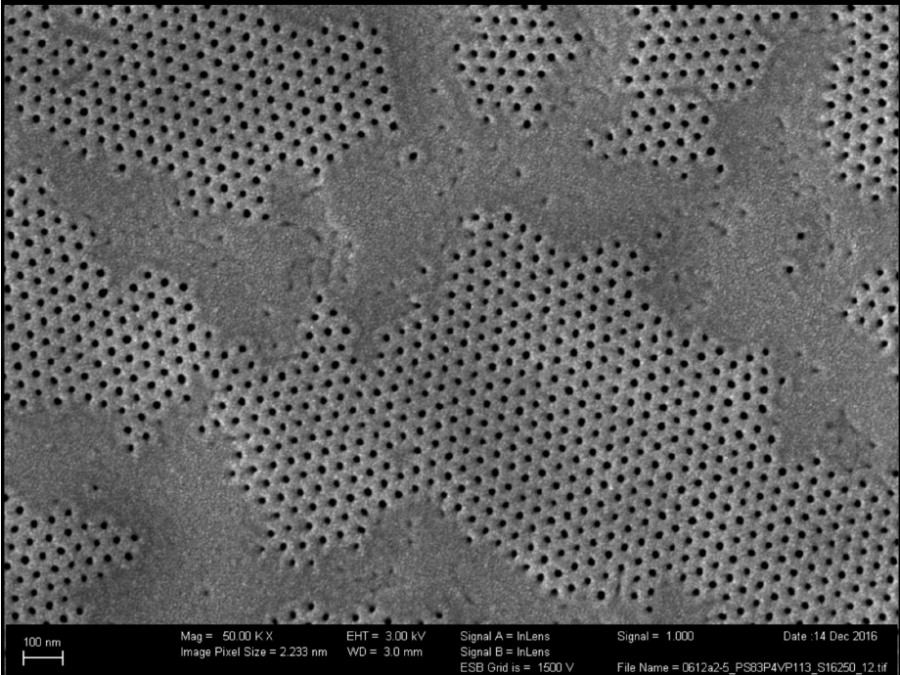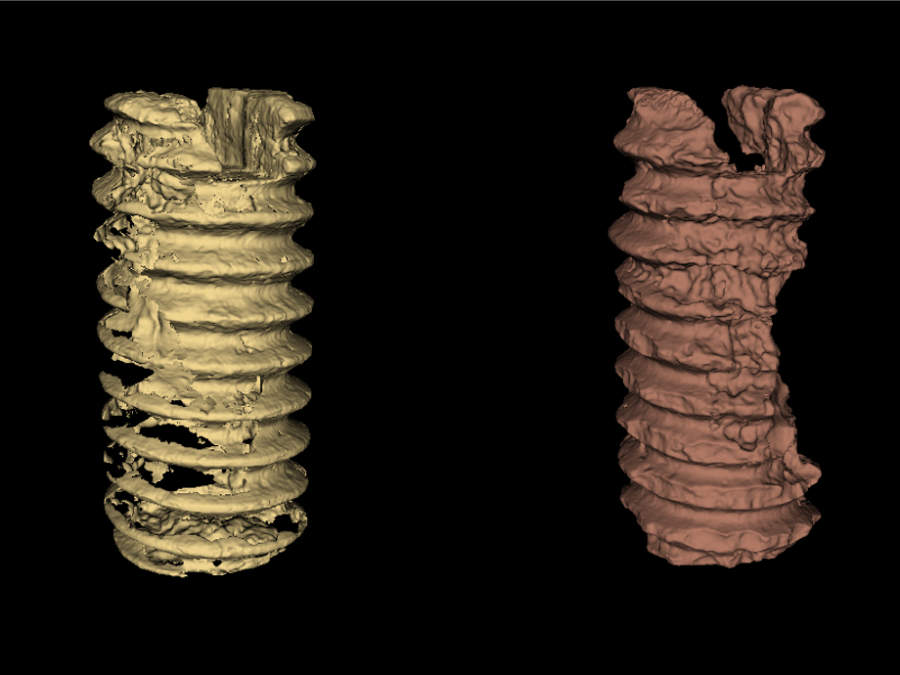Identifying structural features of zebrafishes, using Semantic Segmentation

Zebrafish have a certain genetic similarity to humans and vertebrates. Particularly, the use of embryos is attractive due to the small scale screening capacity. Furthermore, similar to genuine cellular in vitro approaches, zebrafish embryos are considered as alternatives to animal testing. Therefore, they play a fundamental role in the detection of environmental and human health risks in chemical safety assessment.
The analysis of zebrafish embryos is therefore of great importance and the automatic processing of images is a key feature of morphological phenotype analysis in high content screenings.
To address this issue, previously the FishInspector tool was developed, which allows for annotating data, training models, and identifying structural features such as the body contour, fins, and eyes. In this project, a new and more efficient pipeline is established to train deep learning segmentation models. The goal is to produce high quality predictions while maintaining the integration into the FishInspector tool to provide a high flexibility of the training pipeline.
Other Collaborations

Connecting membrane pores and production parameters via machine learning (COMPUTING)
Isoporous block-copolymer membranes play a fundamental role in the filtration of liquids and can, for example, be used to purify drinking water. Despite recent progress in understanding the membrane formation process, finding suitable production parameters for a given precursor material (such as polymers of a certain length) still occurs in a trial-and-error fashion, wasting materials, […]
Understanding lung diseases and optimizing their treatment
Understanding the distribution of nanoparticles after inhalation can lead to the discovery of novel, more effective drug delivering techniques. To this end we develop AI-based methods for semantic segmentation of the airways in non-dissected whole murine lungs, imaged with light sheet fluorescence microscopy. The analysis of airway properties in diseased lungs will furthermore shed light […]